This everyday herb guide is an essential tool to help young cooks learn how to add freshness and flavor to their recipes.
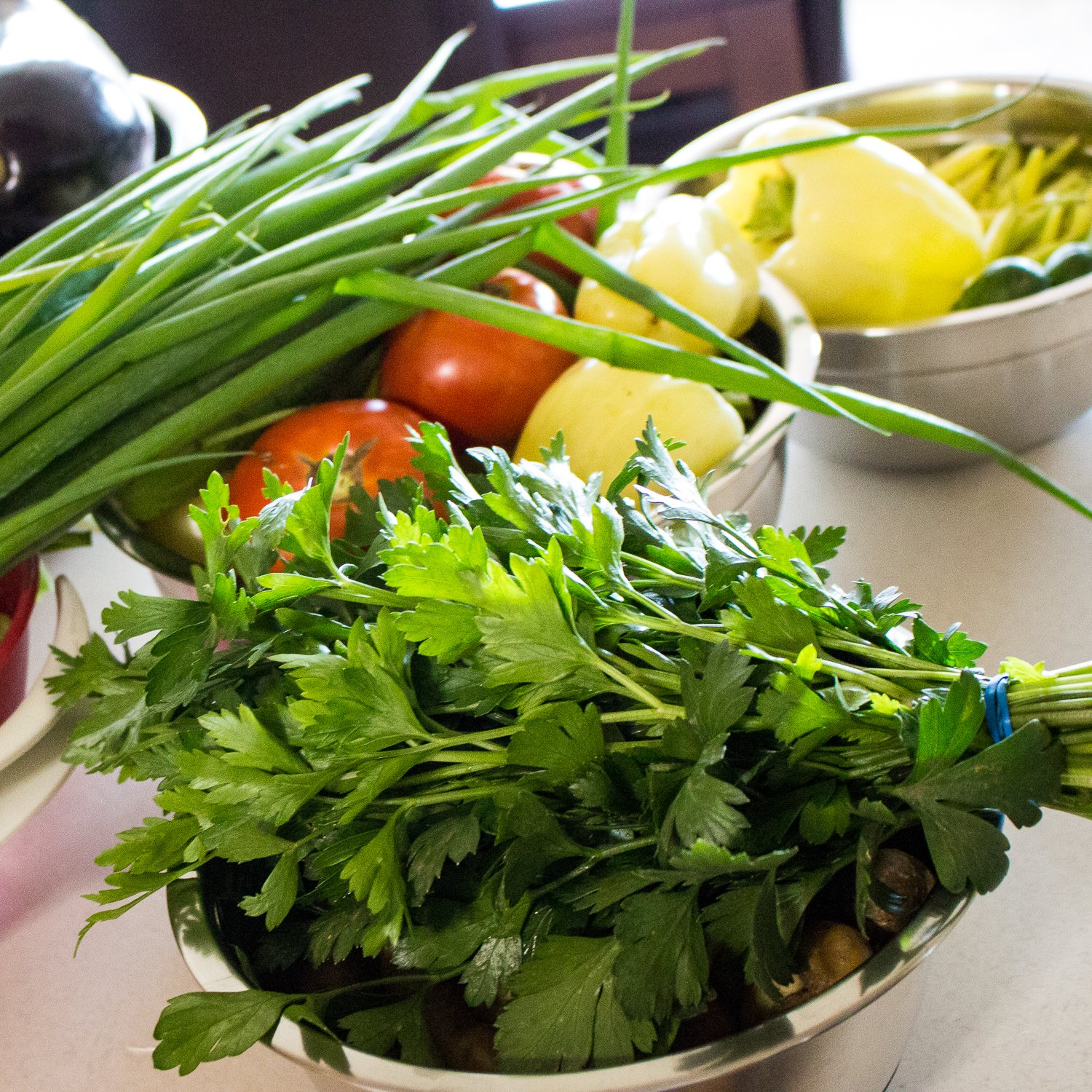
Jump to:
Why cook with herbs?
I always used fresh or dried herbs in my cooking. While growing up, many of the herbs I use today were very hard to find, but parsley and dill were widely used in almost every dish.
Cooking with herbs adds flavor and freshness to your meals. Many fresh herbs contain valuable vitamins and minerals that do good to your body, but dried ones can also be handy during the cold season.
I thought that a guide to basic herbs you can find in my pantry would be helpful to many of you out there who would love to learn how to flavor pair, and cook with herbs so that you can bring the magic of herbs into your everyday cooking.
Parsley
This is one of the most popular herbs used in the Western Cuisine. I personally use it in almost anything savory, and I love it.
It tastes good with anything in general, but meat, salads, stews, and soups are the best.
I love to go to the Farmer's Market during the summer and buy bunches of parsley that I dry or freeze for the winter. Here is a guide on how to do it.
Here is a recipe for a quinoa tabbouleh salad that uses parsley as one of the main ingredients. And here you have a stew made from okra with chickpeas and pork. In winter, you can use dried parsley, which is perfectly fine; everyone should have that in the pantry.
Dill
The dill leaves have a distinctive flavor similar to parsley and fennel. It is not used much in Mediterranean cuisine, but it is used widely in Eastern Europe. In America, dill is known as a spice used in pickled cucumbers.
It tastes good with fish dishes, cottage cheese or Farmer's cheese, potatoes, vegetable salads, pickles, and tomatoes.
Here is a recipe that uses plenty of dill: New potatoes with dill and butter. And here is a tutorial about preserving herbs in salt, a very old way of preserving foods.
Thyme
This herb has a warm, earthy flavor and does magic to roasted or grilled meats. There are over 300 varieties of thyme around the world!!!
Thyme has been associated with health and vigor since the Greeks and the Romans and is believed to strengthen and purify the body.
It tastes good with roasted meats (pork, beef, veal, chicken, lamb, rabbit) or fish. For roasted and grilled meats, thyme marries well with sage and rosemary.
It is also great in stews, bean and vegetable soups, stuffings, and roasted potatoes, and it is an essential component of the bouquet garni and herbes de Provence that are often used in Italian or French cooking.
Here you have an example of roasted pork wrapped in bacon recipe that uses thyme. Or a delicious stuffing recipe for your holiday meal.
Tarragon
It is very popular in the European cuisine. The French tarragon is the most used because of its delicate, balanced flavor. The leaves are tender and have a slightly bittersweet flavor and an aroma similar to anise.
Tarragon tastes good with fish sauces, eggs, cheese, soups, pickles, vinegar, chicken, and stews.
Try a traditional Romanian pork soup with vegetables.
Bay Leaf
It is the green, aromatic leaf of the laurel tree. When dried, the fragrance is herbal, slightly floral, and somewhat similar to oregano and thyme.
The fragrance of the bay leaf is more noticeable than its taste. For this reason, the bay leaves are usually removed at the end of cooking the dish.
These leaves taste good with vegetable and fish soups, meat stews, Indian foods, seafood, vegetable dishes, and sauces.
Try this traditional Hungarian goulash recipe that uses bay leaf.
Oregano
Used in European, American, Latin American, and other world cuisines, oregano is an important culinary herb with an aromatic, warm, and slightly bitter taste, which can vary in intensity. It is related to marjoram and mint.
Oregano tastes good with tomato sauces, stews, pork and veal dishes, and roasted meats, especially lamb, pasta, pizza, fish, salads, etc.
Here is a recipe that uses oregano: Roasted chicken and potatoes.
Marjoram
Closely related to oregano and mint, marjoram is used as an aromatic herb in many dishes.
It tastes good with stews, roasted meats( beef, lamb, pork, chicken, beef), organs, like chicken livers, stuffing, eggs, soups, etc.
Here you have an example where you can use this wonderful herb- Chicken livers with caramelized onions and wine.
Rosemary
This evergreen shrub has the appearance of a curved pine needle, and it has an aromatic odor with a slightly piny taste. Very strong and earthy, rosemary is used fresh or dried. Rosemary is one of the most aromatic and pungent of all the herbs.
It tastes good with poultry stuffing, roasted meats, roasted potatoes, tomato sauce, pizza, focaccia bread.
Use it in small amounts due to its strong aroma.
Try this Italian Ribollita Soup recipe that uses rosemary.
Basil
As you already know, basil is a very popular herb in Italian cuisine. It is an easy-to-grow herb, very aromatic and delicate.
It tastes good with olive oil, garlic, lemon, rosemary, thyme, and tomatoes. Basil and tomatoes seem to have been made for each other – as in the beloved insalate caprese, the fresh mozzarella cheese slices with fresh tomatoes, basil, as well as tomato sauces.
It is also good with other vegetables, like eggplant or zucchini, and, of course, in pasta dishes. Lamb, fish, eggs, and potatoes are good options for this wonderful herb.
Here is an example of a salad on my blog that uses fresh or dried basil.
Mint
Mint is the dried leaf of peppermint or spearmint plant with a strong, sweet odor and a tangy, cool taste. Generally, the mint you find in the supermarket is spearmint.
It tastes good with jellies, fruit juices, candy, cakes, pies, frosting, and ice creams, but also with potatoes, lamb, and peas. It goes really well with dark chocolate desserts.
Here is a recipe for peas where mint is used. Very delicious and easy to make!
Coriander
Also known as cilantro or Chinese parsley, coriander is widely used in many cuisines worldwide. The leaves are very popular especially in Mexican, Chinese, and Thai cuisines.
Coriander is commonly found both as whole dried seeds and in ground form. The Indian cuisine uses coriander for garam masala and curry sauces.
It tastes good with: The seeds are used in curries, curry powder, pickles, sausages, soups, roasted meat, stews, and ratatouille. The leaves are used to enhance salads, beans, rice, omelets, soups, lamb, etc.
Here is a recipe that uses coriander- a lovely Moroccan chicken soup with chickpeas.
And here is another one that uses cilantro- A classic Mexican pico de gallo with tuna.
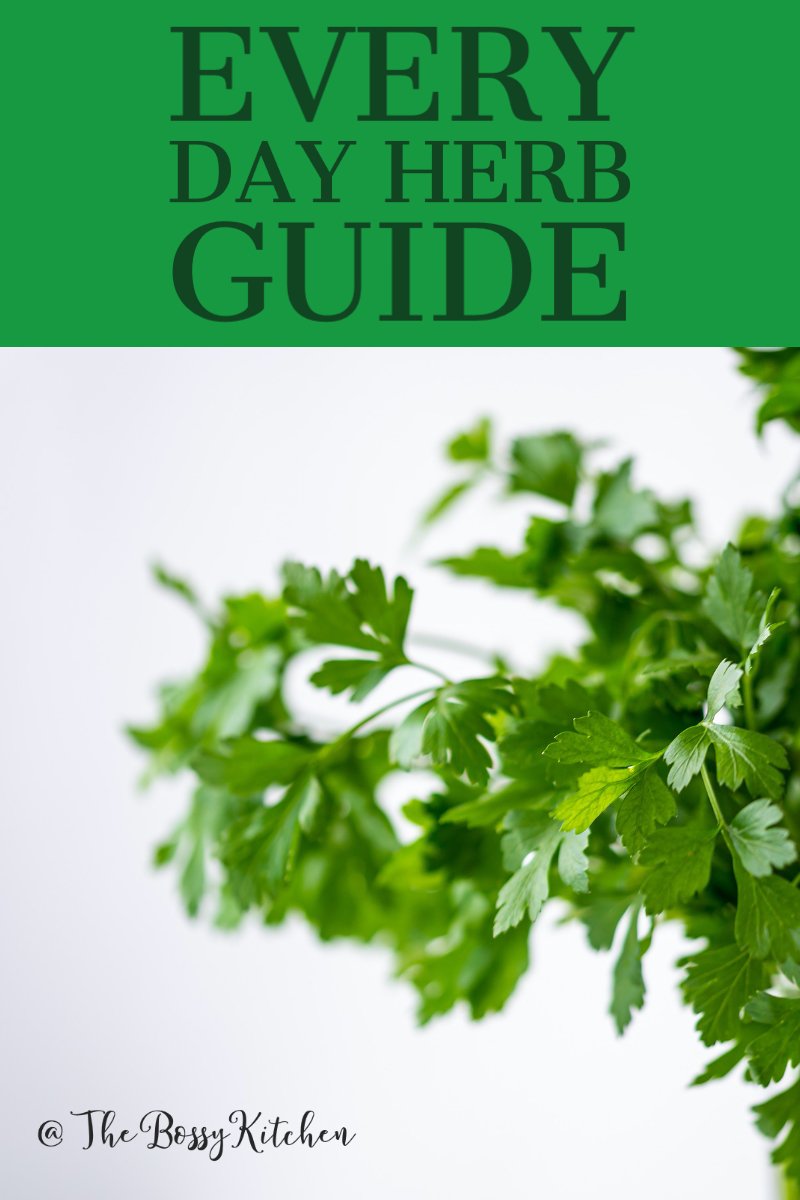
Well, my friends, this is my list of herbs I use in my cooking. I always have dried ones in my pantry and use them when the fresh ones are unavailable. I hope this little guide will be useful to many of you, the ones interested in pairing herbs with different foods.
Learn how to use them by experimenting with dishes you enjoy making in the kitchen. Always start to add just a little bit of herbs to your dishes and build from there. Remember, it is easier to add but impossible to remove once you already have them in the food.
What other herbs do you use in your cooking? Leave a note under the comments. Happy cooking, everyone!

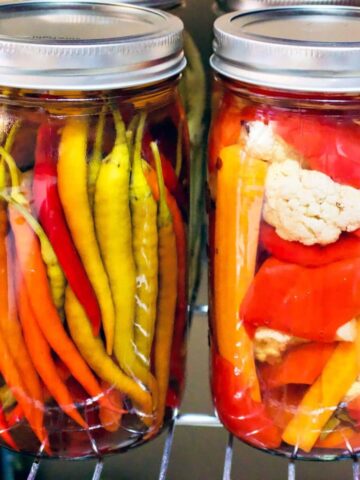
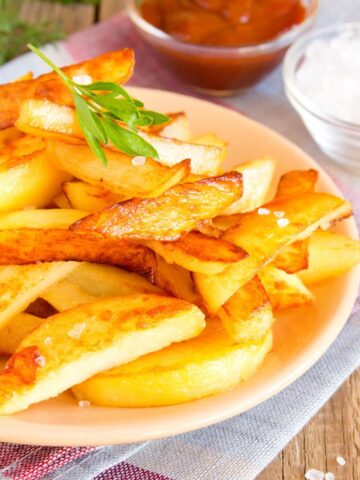
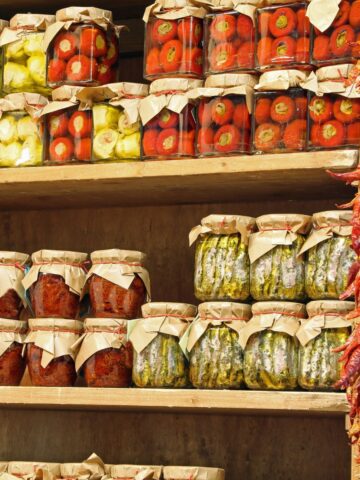
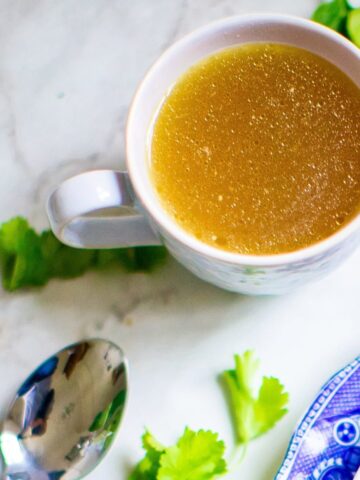
Claire says
Lovage. Great used with eggs, potatoes, chicken, soups, cassoulet, stews and more.
Great herb that's sometimes hard to source but extreamly easy to grow. Seeds can be stored and used to add flavour. I find freezing bunched up works well. Then just crush amount needed into recipe.
I also like to use mint and lemon balm. Lemon balm adds a real fresh zing to dishes. Also works well mixed with other herbs, garlic and apple 1/4s for filling chicken or turkey cavities prior to roasting. Use without the apple and use inside whole fish.
The Bossy Kitchen says
Hi Claire, I love lovage too. Hard to find in the US, especially in the area where I live. I bring it dried from overseas, as I don't have a garden or a place to grow plants.Great herb with lots of uses.
Robin says
@The Bossy Kitchen, I have grown lovage here in Vermont for decades. Comes up year after year and gradually spreads. Lovely Lovage and 7 feet tall!